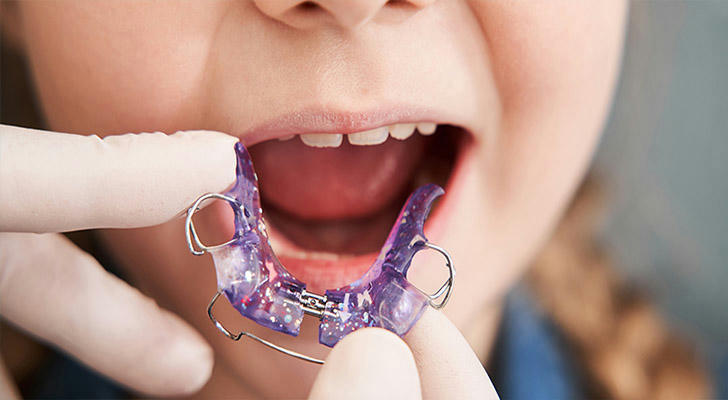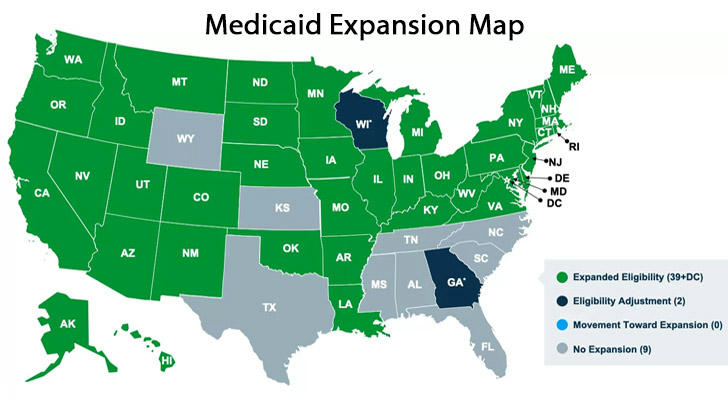How to Qualify for Free Braces for Kids?
Orthodontic treatment like braces can be costly, but there are several programs and pathways to help kids from low-income families or with special medical needs receive free or heavily discounted braces. By meeting certain qualifications, children can access these resources to improve their dental health without the financial burden. Here's how to navigate the process, including a real-life example of success.

1. Medicaid and CHIP Programs
Medicaid and the Children’s Health Insurance Program (CHIP) are government-backed programs designed to provide healthcare services for children in low-income families. These programs may cover the cost of braces if the child's orthodontic needs are considered medically necessary. Conditions like severe overbites, underbites, crossbites, or dental issues affecting chewing, speech, or overall health could qualify under these criteria.
However, it’s important to note that Medicaid or CHIP doesn’t cover braces for cosmetic purposes, such as minor alignment issues. Every state has its own rules for qualifying, so families need to check their local Medicaid office for details on whether their child's condition is covered.
Case Study: Medicaid Success Story
Jenny, a 12-year-old from a low-income family in New York, suffered from a severe overbite that caused pain and difficulty in eating. Her parents couldn’t afford the thousands of dollars required for orthodontic treatment. After consulting with an orthodontist who confirmed the medical necessity of the procedure, they applied for Medicaid. Fortunately, the application was successful, and Jenny was able to receive full orthodontic care at no cost to her family.
2. Non-Profit Organizations Offering Free Braces
Several non-profit organizations aim to provide orthodontic treatment to kids whose families cannot afford it. These programs typically have specific eligibility criteria that are based on family income, the child’s dental health, and their commitment to maintaining the braces throughout the treatment period.
Smile for a Lifetime Foundation (S4L)
Smile for a Lifetime is one of the leading programs in the United States that provides free braces to children. It partners with orthodontists across the country to offer this service to deserving kids. The program’s mission is to help children who have a significant need for braces but lack the financial resources.
Application Process for Smile for a Lifetime:
Eligibility: Applicants are usually between 8 and 18 years old, must demonstrate a significant need for braces, and come from a family with an income below a certain threshold.
Submission: Parents need to submit an application that includes financial documentation, photos of the child’s teeth, and letters of recommendation, often from teachers, community leaders, or healthcare professionals.
Commitment: Families are asked to commit to maintaining regular appointments, proper oral hygiene, and a positive attitude toward the treatment process.
Selection: A local board reviews applications, and a limited number of children are selected each year.
This program offers a fantastic opportunity for children to receive high-quality orthodontic care at no cost.

Smiles Change Lives (SCL)
Another great option is Smiles Change Lives, a non-profit organization that helps provide low-cost orthodontic care to children in need. Families contribute a small portion of the treatment cost, usually around $600, but the majority of the expense is covered through the program.
The eligibility requirements for SCL are similar to those of Smile for a Lifetime, with a focus on children aged 7 to 18 who have moderate to severe orthodontic needs and come from low-income households.
Case Study: Smile for a Lifetime Success Story
Sara, a 14-year-old girl from Texas, had extremely crowded teeth that made it difficult for her to chew food properly. Her family, struggling financially, could not afford braces. After a friend recommended Smile for a Lifetime, they applied to the program, providing letters of recommendation from Sara’s school counselor and dentist. Sara was selected for the program and received free braces, transforming her smile and boosting her confidence.
3. Dental Schools and Orthodontic Residency Programs
Dental schools often run clinics where orthodontic treatment is provided by students under the supervision of experienced orthodontists. These programs can offer significantly reduced prices, and in some cases, they may even provide free braces to children whose families qualify.
The process for applying to these clinics is similar to other programs, but the treatment might take longer due to the educational nature of the clinic. Families should check with nearby dental schools to inquire about orthodontic services and any available financial assistance programs.

4. Special Grants and Assistance Programs
Aside from Medicaid and non-profits, some states and private organizations offer grants for dental care, including orthodontics. These grants can sometimes cover the full cost of treatment or provide substantial discounts.
Smile for a Lifetime: The Smile Scholarship
Some organizations, like Smile for a Lifetime, also provide scholarships or grants to cover the cost of braces. The Smile Scholarship offers financial assistance to families who may not qualify for Medicaid but still cannot afford orthodontic care on their own.
Parents should look into local and national grant programs to see if they qualify for additional financial help for their child’s orthodontic treatment.
5. Orthodontic Payment Plans and Dental Savings Programs
If families don't qualify for Medicaid or non-profit assistance, orthodontists often offer payment plans that spread the cost of braces over time. Many offices also accept dental savings plans, which provide discounted rates for dental services, including braces. While not free, these plans can significantly reduce the out-of-pocket expenses for orthodontic treatment.
Conclusion
The path to securing free braces for kids can take various forms, from government assistance programs like Medicaid and CHIP to non-profit organizations like Smile for a Lifetime and Smiles Change Lives. Each program has specific eligibility requirements, and families need to provide documentation demonstrating financial need and the medical necessity of orthodontic care.
By exploring these options and applying to the appropriate programs, families can greatly reduce or eliminate the cost of braces, ensuring that their children receive the care they need for a healthy and confident smile. If you're a parent facing the challenge of affording braces for your child, consider reaching out to these organizations and programs for help—there’s a good chance you can find the support you need.
